It’s been a long, agonizing 13-year wait. It was starting to feel like we’d never see the light at the end of the tunnel. These words feel surreal to type out; Avatar: The Way of Water is a reality. The world can finally experience James Cameron’s long-delayed sci-fi epic on the big screen. Initially aimed at a 2014 release, it took eight extra years to finally hit the multiplex, but it’s ready to ride.
The film also arrives amidst an enormous amount of pressure, especially compared to the original. 2009’s Avatar bucked expectations of being a commercial disappointment by becoming the highest-grossing film of all time, surpassing even Cameron’s iconic 1997 classic Titanic. Even so, its popularity hasn’t precluded it from being a massively polarizing film. It’s not uncommon to hear some audiences noting that they can’t remember anything about the movie.
That polarizing nature – and the astounding amount of money it needs to make to break even – has placed astonishingly high standards on Cameron’s newest audacious adventure in visual filmmaking. Fortunately, The Way of Water managed to be worth the wait and proves that the franchise is worth continuing… provided it makes all that money Cameron says that it needs to make.
*Warning: While this piece will not directly reference spoilers for Avatar: The Way of Water, some of the outgoing links will send you to articles that will discuss spoilers.*
Does The Writing Do It Justice?
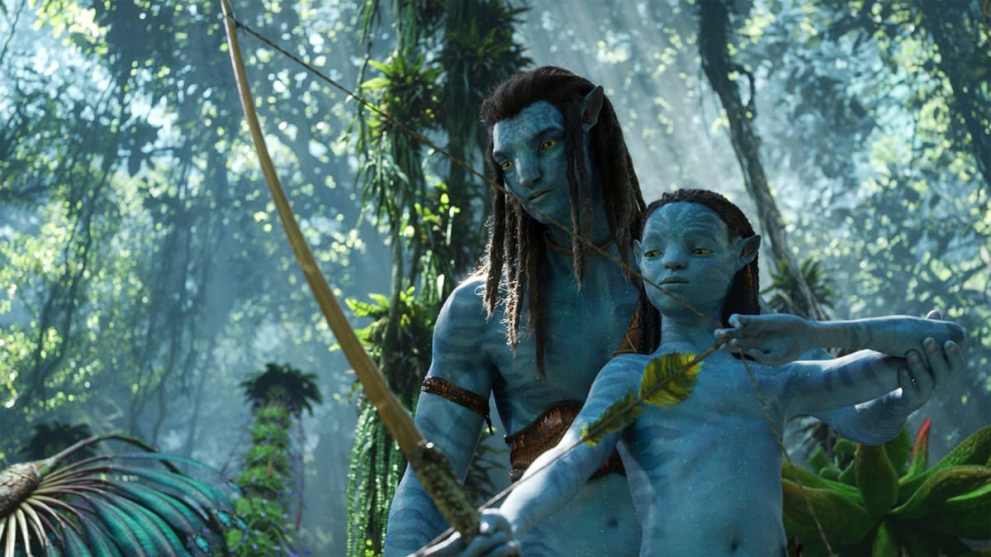
As far as the writing is concerned, Avatar: The Way of Water does follow a pretty traditional plot structure, and the story is not necessarily something “never before seen.” In theory, though, this isn’t so much a bad thing; not every film needs to be a densely-written masterpiece that aims for an Oscar and features intricate details that you’ll spend the next six weeks of your life picking apart. In this particular case, The Way of Water serves as a logical follow-up that moves the plot forward in an interesting way, with a lot of surprises along the journey.
Avatar: The Way of Water takes place over a decade after the first film, with Jake Sully being the chief of the Omaticaya tribe of the Na’vi and starting a family with Neytiri. They have five children they look after; two sons and two daughters – one daughter of whom is adopted from Grace Augustine of the first film – and a human child named Spider, the son of the first film’s antagonist Colonel Miles Quaritch. Spider remained on Pandora, as infants can’t be placed in cryostasis and sent to Earth.
While life is initially peaceful among this jungle tribe, the antagonist organization known as the RDA soon returns. They’re once again headed by Quaritch, now cloned into a Na’vi and hoping to take revenge on Jake and Neytiri. When Quaritch captures their children – and takes Spider back with him – Jake and his family leave the Omaticaya tribe and seek refuge among Pandora’s water tribe, the Metkayina. The family must learn the ways of these people, while also winning their trust in an attempt to take down the RDA and Quaritch once again.
Even though this is a fairly standard plot, the attention to character development elevates The Way of Water. Everyone here has a very real arc they go through, and it helps make a lot of the more emotional moments in the film land a lot more. Jake and Neytiri can, at times, take a bit of a backseat in the film, but that opens the door for their children to be true standouts.
The oldest son, Neteyam, is sympathetic as the “perfect son” pressured to look after his younger siblings, while the youngest daughter Tuktiery – referred to in the film as “Tuk” – is an unabashedly sweet character that helps provide some of the film’s sweeter moments.
There was also a lot of emotion to Spider, who despite being a human among Na’vi cares for the tribe and tries with as much power as he can to stop his father from killing Jake and his family.
By far the biggest standouts are the middle child, Lo’ak, and the adopted daughter Kiri. Lo’ak is one of the more sympathetic characters in the film, being the outcast from the family and struggling to live up to the expectations of both his brother and his father. His pairing with Payakan, the whale-like tulkun who is also an outcast to the Metkayina, ends up serving as a great foil that adds more depth to him as a character.
Kiri, meanwhile, is a self-conscious and emphatic character who has a strong connection to the universe and desperate urges to have a deeper relationship with her found family. These characters not only serve as empathetic arcs of self-acceptance, but they lay some important groundwork that future films could follow.
By far though, the biggest storytelling triumph in The Way of Water comes from its worldbuilding. throughout this new film, we’re given a sense of just how deep Pandora runs, and exiting the forest shows us a new side of the exomoon. This fictional world manages to feel very lived-in and excellently realized, with exceptional amounts of detail that immerse you beyond belief. Cameron hasn’t just created some superficial landscape that the Na’vi can call home; he’s created a very believable landscape that just begs to be explored while digging deeper into the lore and mythology as we’re introduced to different tribes.
One sticking point for some will inevitably be the length. This film sits at just over three hours long, which may be an immediate turn-off. That said, the film does not waste a single moment of those three hours, and even quieter scenes meant to showcase the visual design feel tastefully integrated. It’s kind of amazing how much this breezes by despite being three hours; the length could’ve easily been a hindrance, but the movie honestly makes you want more even after those three hours are up.
It uses its time wisely and succeeds as a result, but it’s definitely not a bad idea to download an app that tells you the best times to get up and go to the bathroom. James Cameron himself gave you permission to get up and go pee; you should use that recommendation wisely.
Let’s Talk About Those Visuals

Clearly, though, we know why Avatar: The Way of Water is such a big deal, that being the pure visual powerhouse that it puts on. There is not a moment in this film that has been crafted with anything less than painstaking amounts of detail. While the world itself is brilliantly built through the aforementioned worldbuilding, it springs to life even more thanks to the spectacular visual design.
The motion-capture work is particularly unbelievable. Characters are filmed with underwater performance capture – a practice that’s never been done before this – and still manage to look incredible. The sheer beauty of those underwater moments is where the film really comes alive; it’s easy to get lost in just how luscious it all is. Character animations are incredibly realistic, hair is animated down to the tiniest, most minute bits, and animals feel every bit as real as human/Na’vi characters do. Every shot of the film is generated with so much vibrance and detail, it’s an unreal triumph of technology.
One thing that was a noteworthy standout was that the film utilized High Frame Rate in some sequences. Motion pictures are usually shot in 24 FPS, but with this film, some scenes display at 48 FPS, which you will most likely find if you catch a 3D screening. This technology has been experimented with before, notably with Peter Jackson’s The Hobbit trilogy, but it received some criticism for making films that it was attached to look so real that you could pick out the fake part. Here, the High Frame Rate honestly helps smooth the movie a lot without making anything seem fake.
There’s been a lot of talk that High Frame Rate makes films look like video game cutscenes, but what’s wrong with video game cutscenes? Because if that’s the case, then man, these are some damn good video game cutscenes.
In all seriousness though, the High Frame Rate is largely used in action scenes and underwater scenes, while quieter moments use the standard frame rate. Interestingly, the entire film was shot in 48 FPS, but some scenes use double frames to make them appear as if they are the normal 24 FPS. It sounds disorienting, but honestly, it makes the visuals even more immersive. It brings you closer to the action and makes this fictional alien planet feel all the more real. It might take time for your eyes to adjust to the high frame rate, but it’s well worth it.
As for that 3D…did you expect anything less from James Cameron? The original Avatar film set the landmark for 3D viewing, and The Way of Water raises the bar. It’s incredible how the film manages to use the 3D in a way where it’s not just throwing stuff out of the screen to remind you that it’s in 3D. Instead, it uses the extra dimension to create a greater sense of depth, making it feel more like the world of Pandora is right there in front of you.
Sure, there are moments where you can see an arrow or debris outside of the screen, but it’s not like the film is using it as a gimmick. After all, that’s not what the 3D is here for. It’s here to turn the screen into more of a window into Pandora. And in that, it’s an absolute triumph. This is a movie that absolutely demands to be seen in 3D unless you are medically unable to view content in the format.
Should You See It in Theaters?
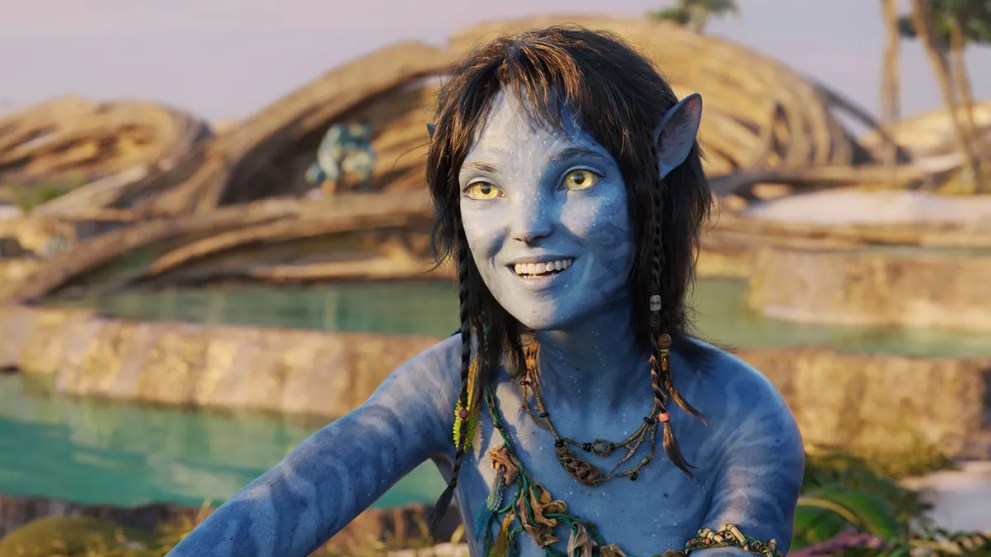
Naturally, this is always going to be the biggest question; Avatar: The Way of Water may be one of the biggest film events of the year, but is it something you have to rush out to theaters to see? Everyone else is sure to do so, but does that mean you should?
Given the glowing nature of this article, I’ve made it obvious I think you should see the film, but I think this answer runs a bit deeper than a simple “yes.” Not to sound like a pretentious film director (or Harry Styles describing Don’t Worry Darling) here, but Avatar: The Way of Water is a film that justifies the theatrical experience. It is a genuine “go to the movie theater and see it on the biggest/best screen possible” kind of experience.
The film industry has gone through some major disappointments this year as far as box office receipts are concerned. With the innumerable amount of box office bombs and the rise of streaming services, questions have arisen as to whether audiences have lost interest in viewing films in theaters. With that in mind, Avatar: The Way of Water justifies the trip to the cinema. It’s a lovely family-driven story and an unreal visual treat that deserves to be seen inside of the theater with all the 3D/HFR bells and whistles.
It feels so good to say that Avatar: The Way of Water is finally here, and it absolutely deserves to be viewed on the big screen. The wait was more than worth it, and the film lays an excellent foundation for the rest of the franchise. Don’t miss out on this in its theatrical run.

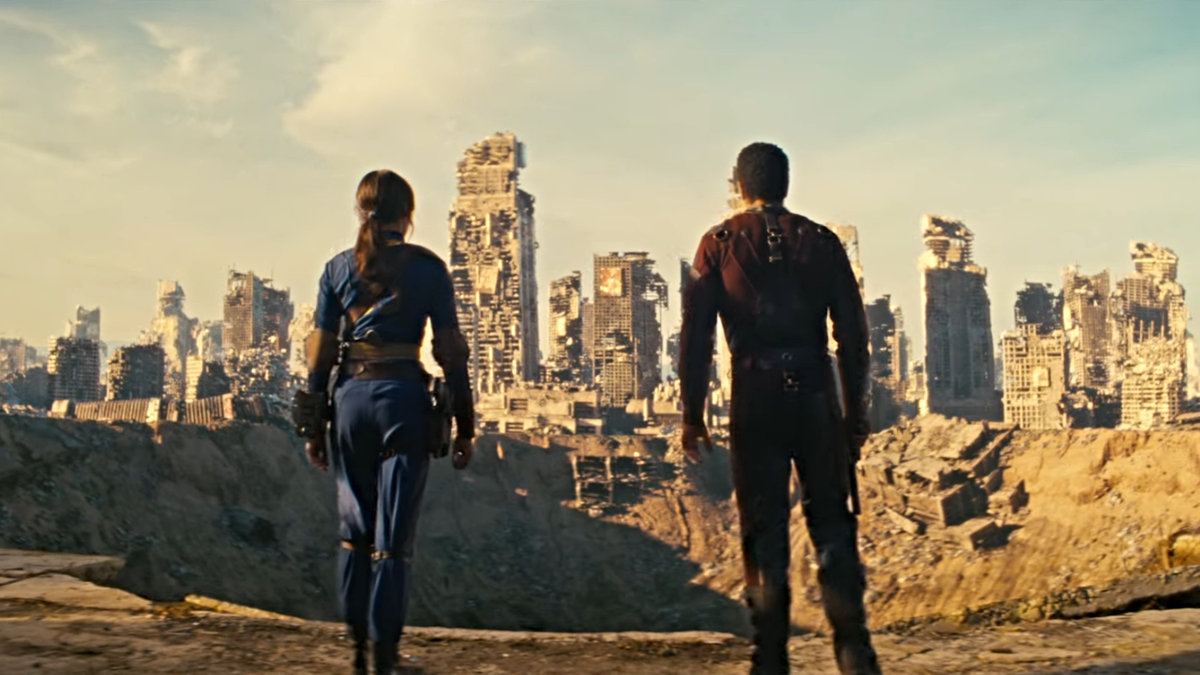
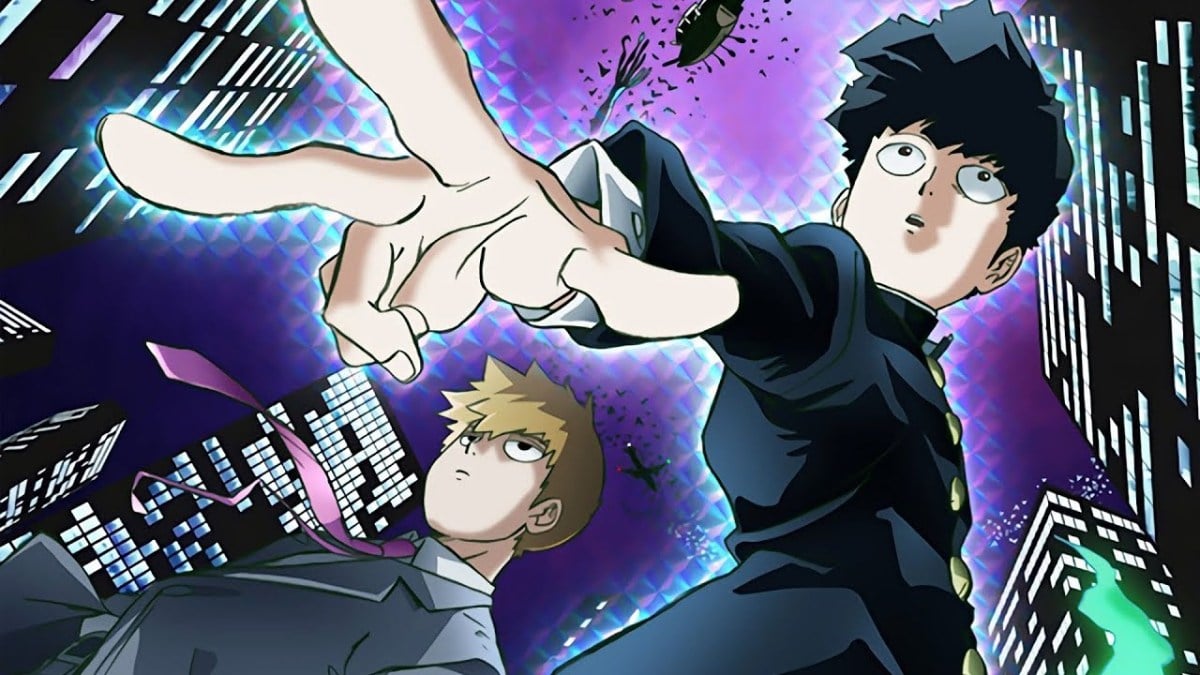
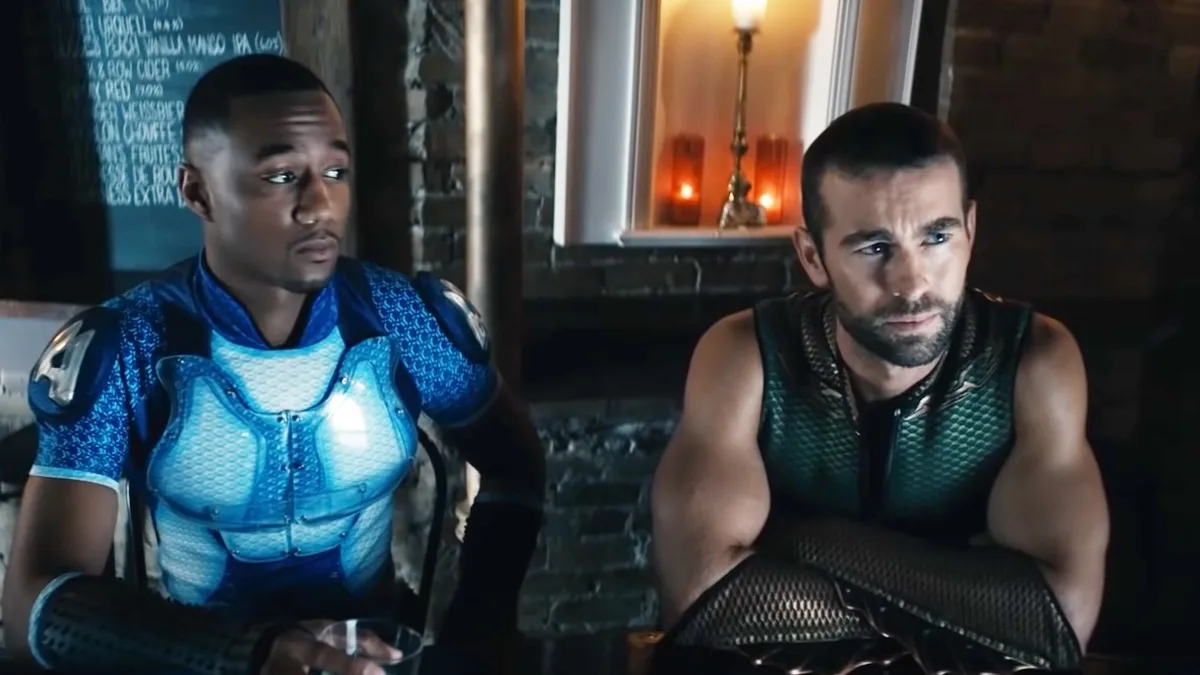
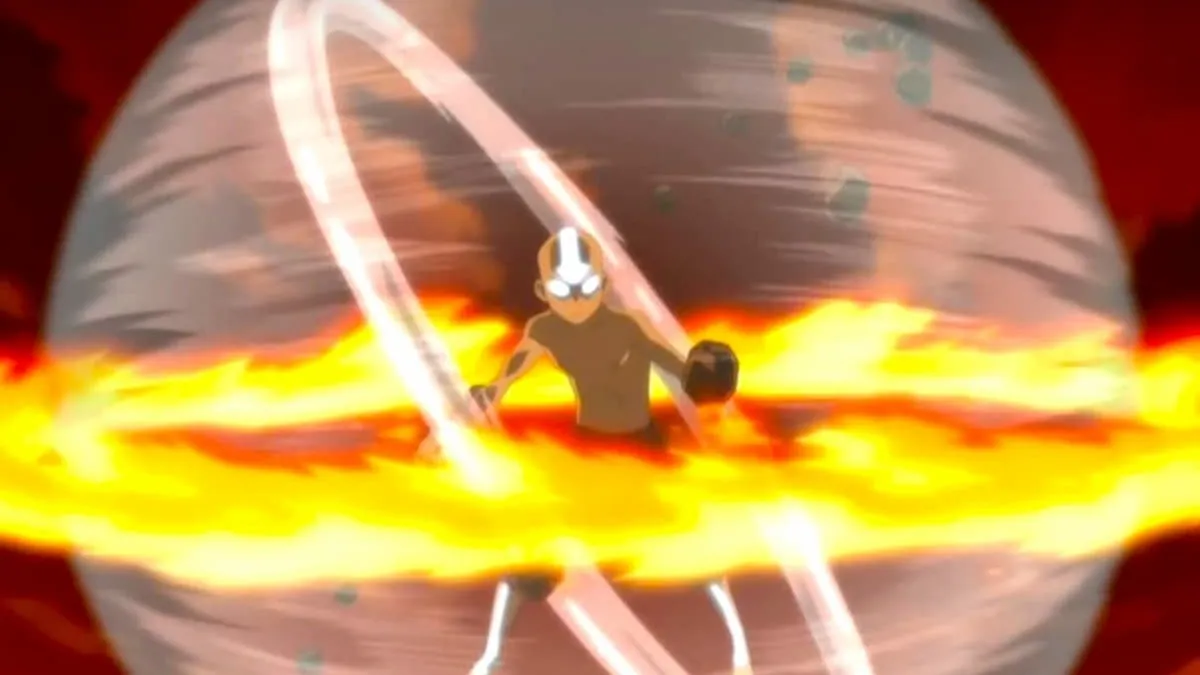
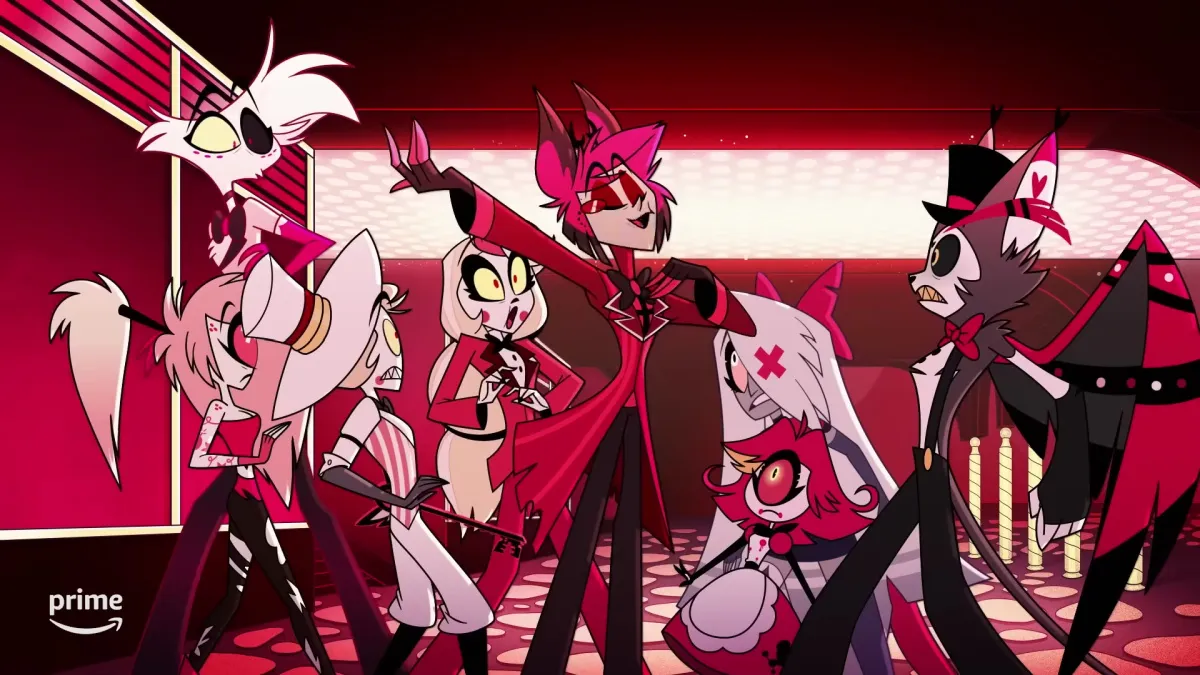

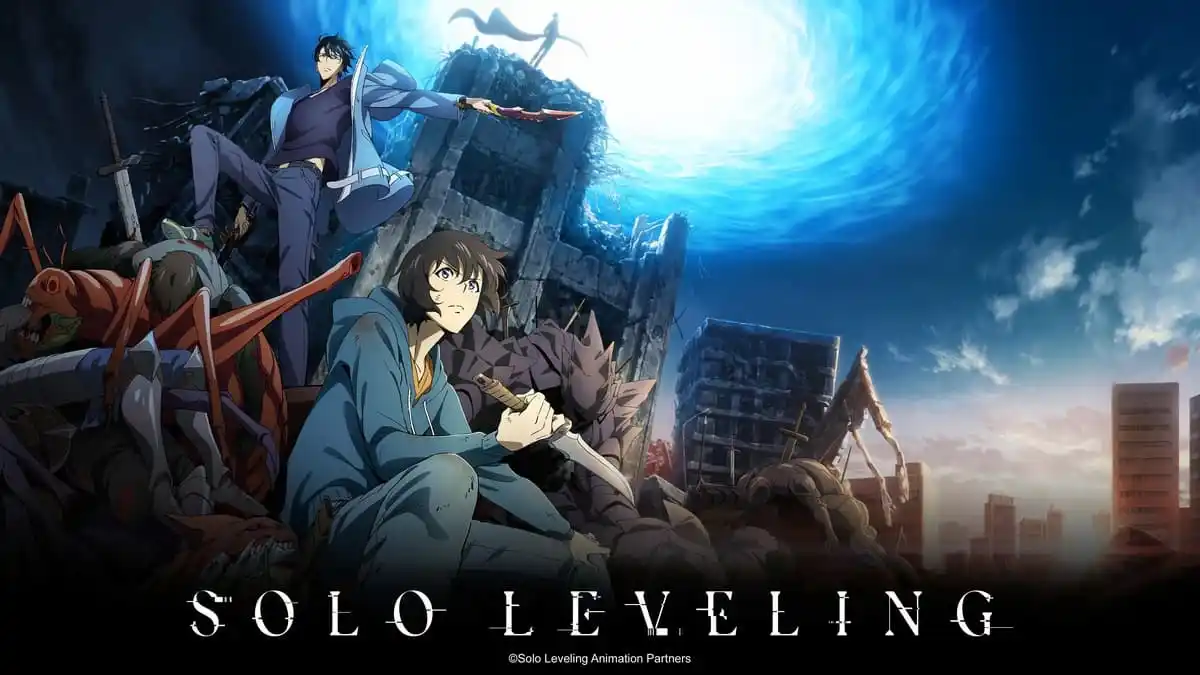
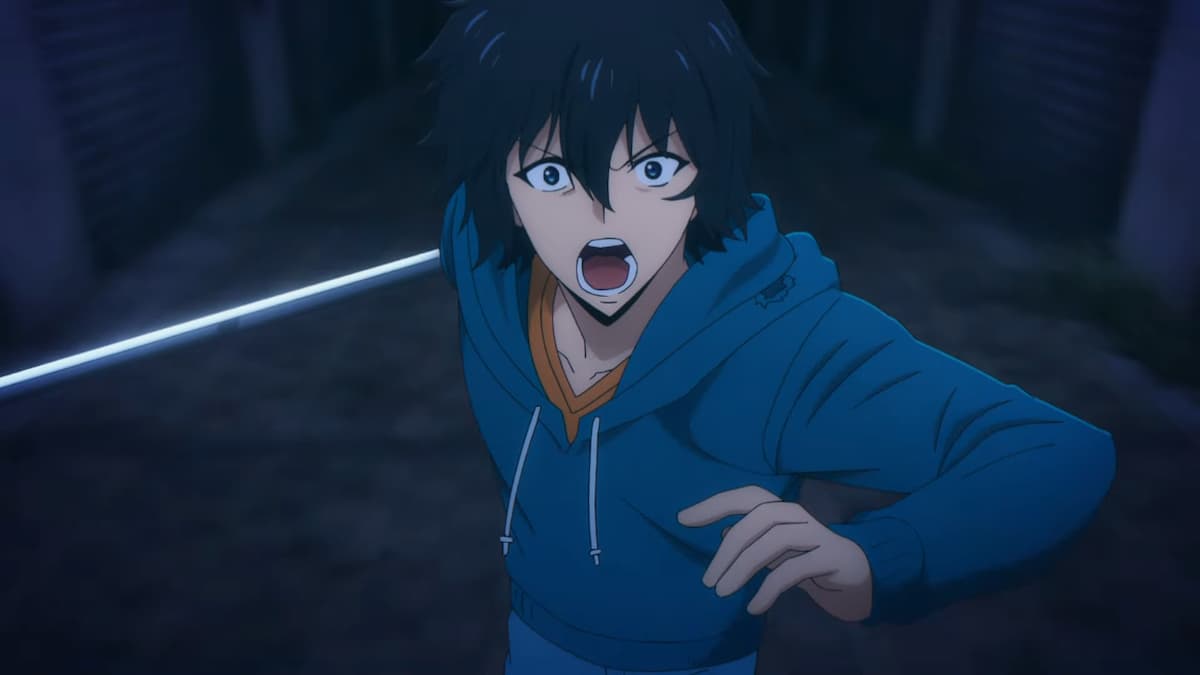

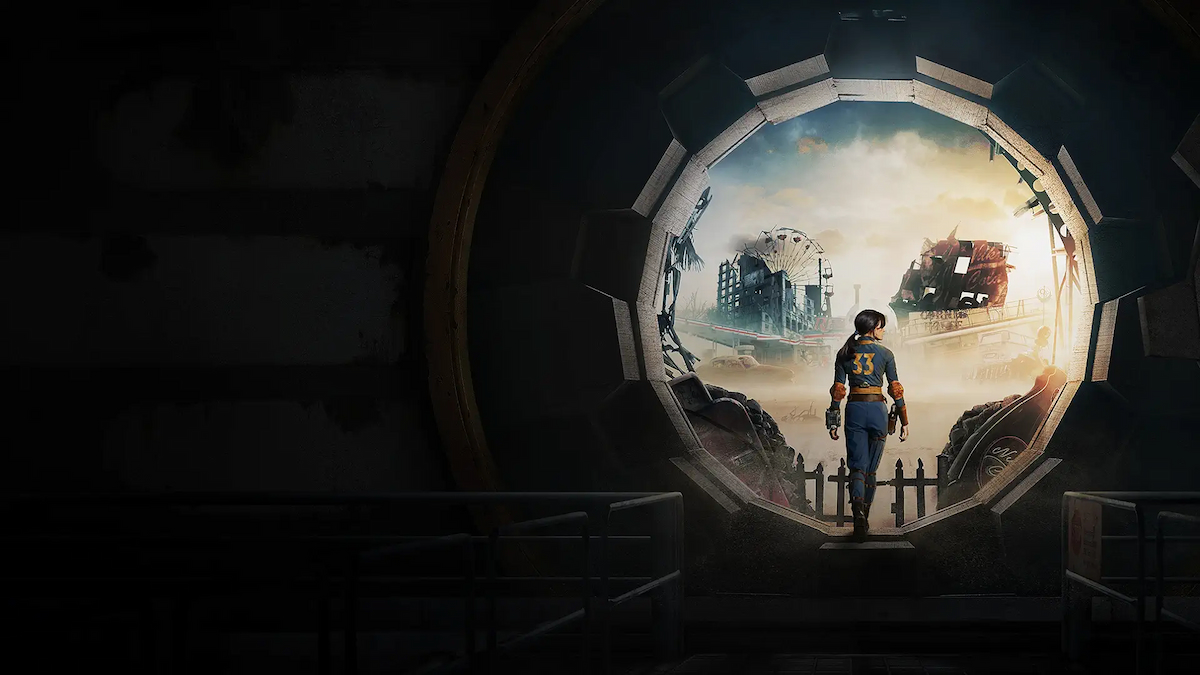
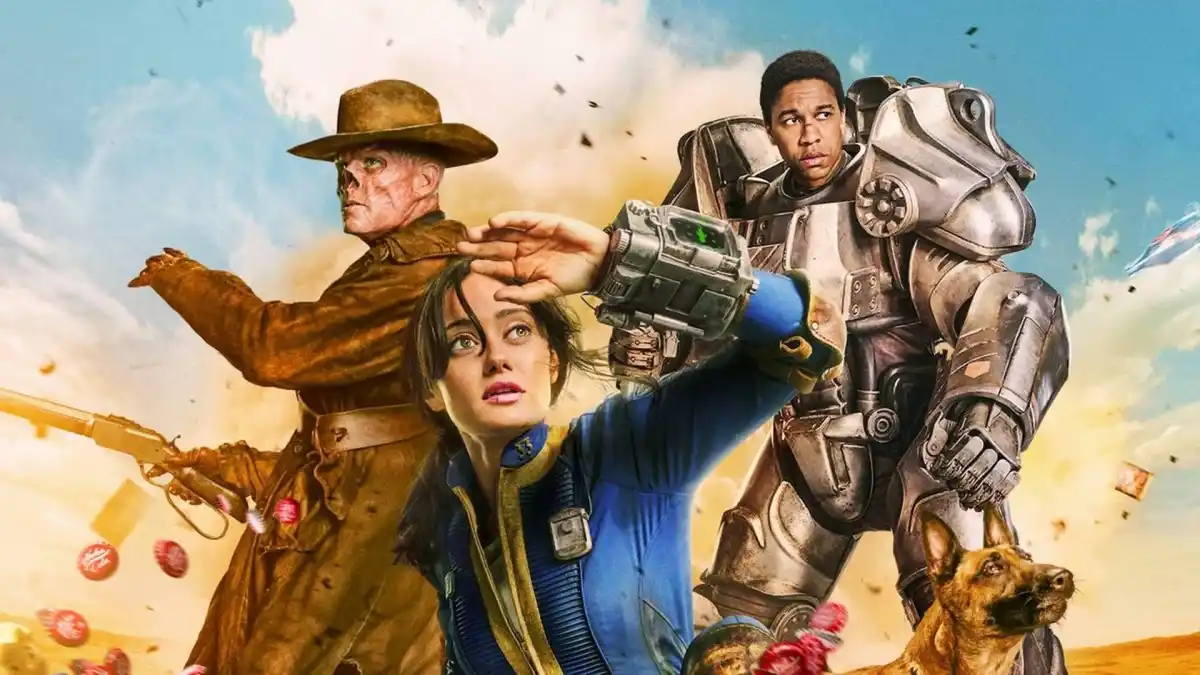
Updated: Mar 8, 2023 01:42 am